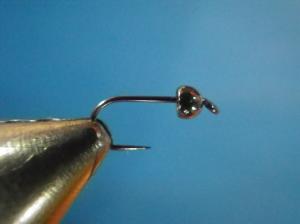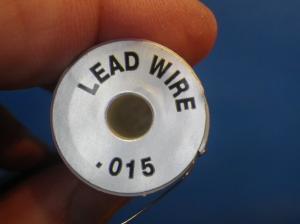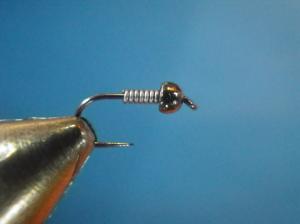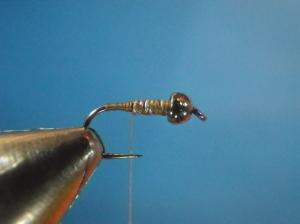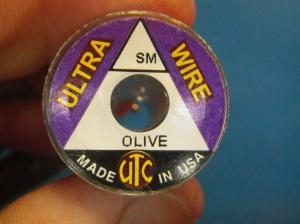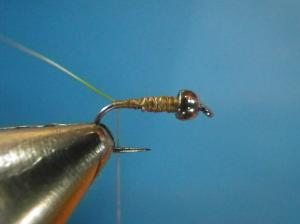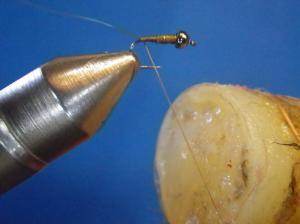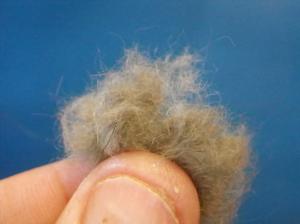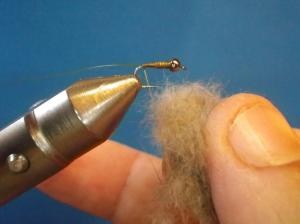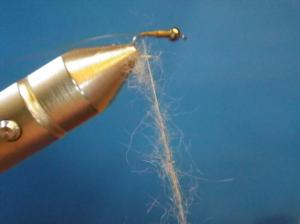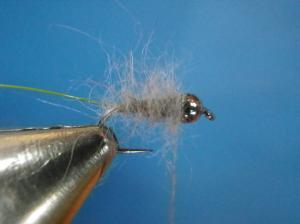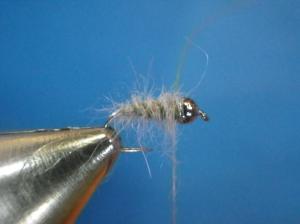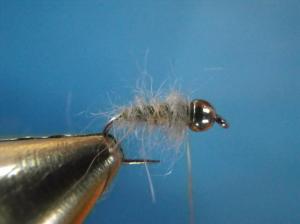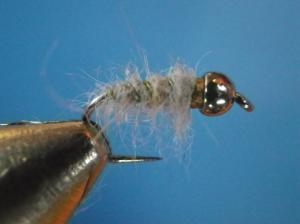Modified Muskrat Nymph
This is a neat, easy-to-tie, little nymph pattern I used heavily when I lived in Central Pennyslvania while attending college. The limestone spring "cricks" in that region all support tremendous populations of crustaceans in the forms of fresh water shrimp (a.k.a. gamarrus, scuds) and cress bugs (sow bugs). In those days, both my funding and tying time were limited so anything that required minimal, cheap materials was a great fly! Hundreds of trout came to hand as a result of this little bug and I am forever indebted. It has been fun revisiting, and fishing again, the MMN over the last year or two. I have made some minor changes but nothing overt. I feel this pattern serves a dual imitative role, suggesting both forms of crustecea quite well. I will adjust the thread and rib color to adjust between local color variations.
I credit Steve Sywensky for showing me this pattern, about the same time he introduced me to the Walt's Worm. To that end, here is a link to his description of this pattern along with a short video via his shop's website (Fly Fisher's Paradise, State College, PA). As you can see, Steve ties this pattern a bit differently than I do, and he has even changed a bit from the pattern he showed me. Evolution of fly-tying!
Cress Bug: The Modified Muskrat Nymph: A Simple and Suitable Cress Bug Imitation
MATERIALS
Hook: Hanak 200
Weight: Black nickle tungsten bead, lead wire
Thread: Dark olive 6/0
Rib: Olive Ultra Wire (small)
Abdomen: Muskrat Fur
Click photos to enlarge.
